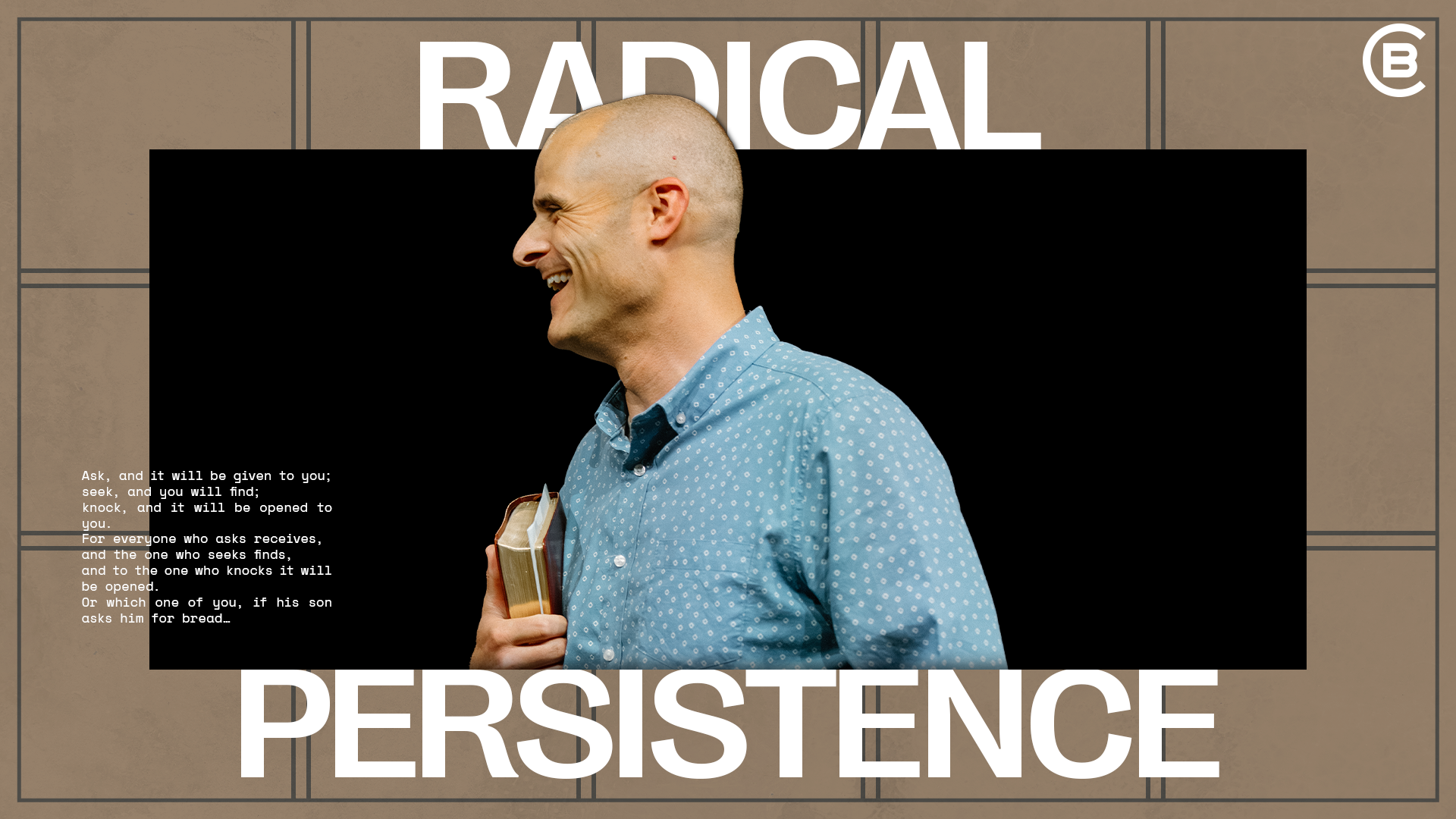Radical: The Sermon on the Mount
Sermon Notes
Jesus opens the Sermon on the Mount with words that still unsettle and inspire. He speaks with authority and offers a Kingdom vision that challenges every part of life.
This message sets the stage for our Radical series. We explored how to read gospel narratives, what historical context shaped Jesus’ words, and how the first disciples—and we today—are invited to follow Him fully.
Jesus raises the bar. But He also gives us the grace to walk it.
Key Takeaways
The Sermon on the Mount outlines Jesus’ vision for Kingdom living.
Discipleship is marked by inward transformation, not just external actions.
Jesus spoke with authority and clarity that still challenges us today.
We are called to abandon cultural comfort and live with Kingdom conviction.
Obedience to Jesus begins with surrender, not performance.
Discussion Questions
What part of the Sermon on the Mount challenges you the most?
How do Jesus' teachings differ from cultural ideas of success or happiness?
What does it mean to you to be “poor in spirit”?
In what ways have you treated faith like a checklist instead of a relationship?
How can you build your life on the foundation Jesus describes in Matthew 7?
Transcript
The Greatest Words Ever Spoken
Matthew 5–7 is known as the Sermon on the Mount and is often considered the most powerful teaching ever given. Jesus does not speak as a teacher defending tradition, but as a King declaring truth. His words are not a checklist. They are a call to radical Kingdom living that cuts through the noise of religion, pride, and legalism.
This message sets the tone for the next 17 weeks in the Radical series. Jesus’ invitation is not comfort, but complete surrender. What He describes in these three chapters is not cultural Christianity—it is complete transformation.
A Kingdom Message for Three Audiences
Jesus’ words spoke to three groups. First, the original Jewish audience burdened by legalism. Second, the post-resurrection believers reading Matthew’s gospel under persecution. And third, us—modern-day disciples wrestling with what Kingdom living means in a broken world.
For all three, the Sermon on the Mount is not about earning salvation. It is about reflecting Jesus through Spirit-empowered obedience. Jesus lifts the bar from external performance to internal transformation.
The Weight of Halakhah and Jesus’ Response
In Jesus’ day, tradition had replaced truth. The Halakhah—the “oral tradition”—became a 1,100-page burden placed on people’s backs. Jesus didn’t reject the Law. He rejected the man-made rules that distorted it.
He speaks directly to this in the sermon. Six times in chapter 5, He says “You’ve heard it said… but I say to you,” confronting the false standards of righteousness. In chapter 6, He exposes hypocrisy. In chapter 7, He calls out false prophets and spiritual blindness.
What Jesus Really Came to Do
Jesus said, “I have not come to abolish the Law, but to fulfill it.” He upheld the truth of God’s Word and tore down the religious walls keeping people from relationship with God. His invitation is not to checklist religion but to Kingdom transformation—one that reorients everything about life.
He attacks legalism not to lower the standard, but to show that God’s desire has always been for the heart.
Jesus Speaks to the Disciples, Not the Crowd
When Jesus goes up on the mountain, He sits down and teaches—not the crowd—but His disciples. It wasn’t the Twelve yet, but a group who had drawn close. The Sermon on the Mount is for those ready to follow, not just observe.
This is not a TED Talk. It’s not seeker-sensitive. It’s a call to the radically surrendered life. Jesus starts with: “Blessed are the poor in spirit.” Why? Because Kingdom living starts with spiritual bankruptcy and dependence on grace.
Structure of the Sermon on the Mount
Dr. Martin Lloyd-Jones summarized the sermon into two parts: The General and The Particular.
In The General (5:3–16), Jesus describes the character of a disciple: poor in spirit, meek, merciful, pure in heart, persecuted. He shows their role in the world—salt and light.
In The Particular (5:17–7:27), Jesus applies these truths to real life: anger, lust, prayer, anxiety, judgment, and obedience. His teachings raise the bar, not with rules, but with truth rooted in love and Kingdom vision.
True Discipleship Isn’t Optional
The modern church has often lowered the bar. Jesus does the opposite. He calls every believer to pursue these Kingdom values—not perfectly, but honestly and obediently. Every topic in this sermon matters. Because it all points to the kind of life that reflects the King.
You don’t do these things to become a disciple. You do them because you are one. The Sermon on the Mount isn’t the path to salvation. It’s the profile of someone already saved.
Two Foundations, One Question
Jesus ends His sermon with a story of two builders. One built on rock, the other on sand. Same materials. Same storm. Only one stood. The difference? Obedience.
Both men heard the words. One applied them. One ignored them. The call is clear. Will you be the wise builder who listens and responds? Or the foolish one who hears and walks away?
The Sermon on the Mount is not just to be studied. It is to be lived.
















